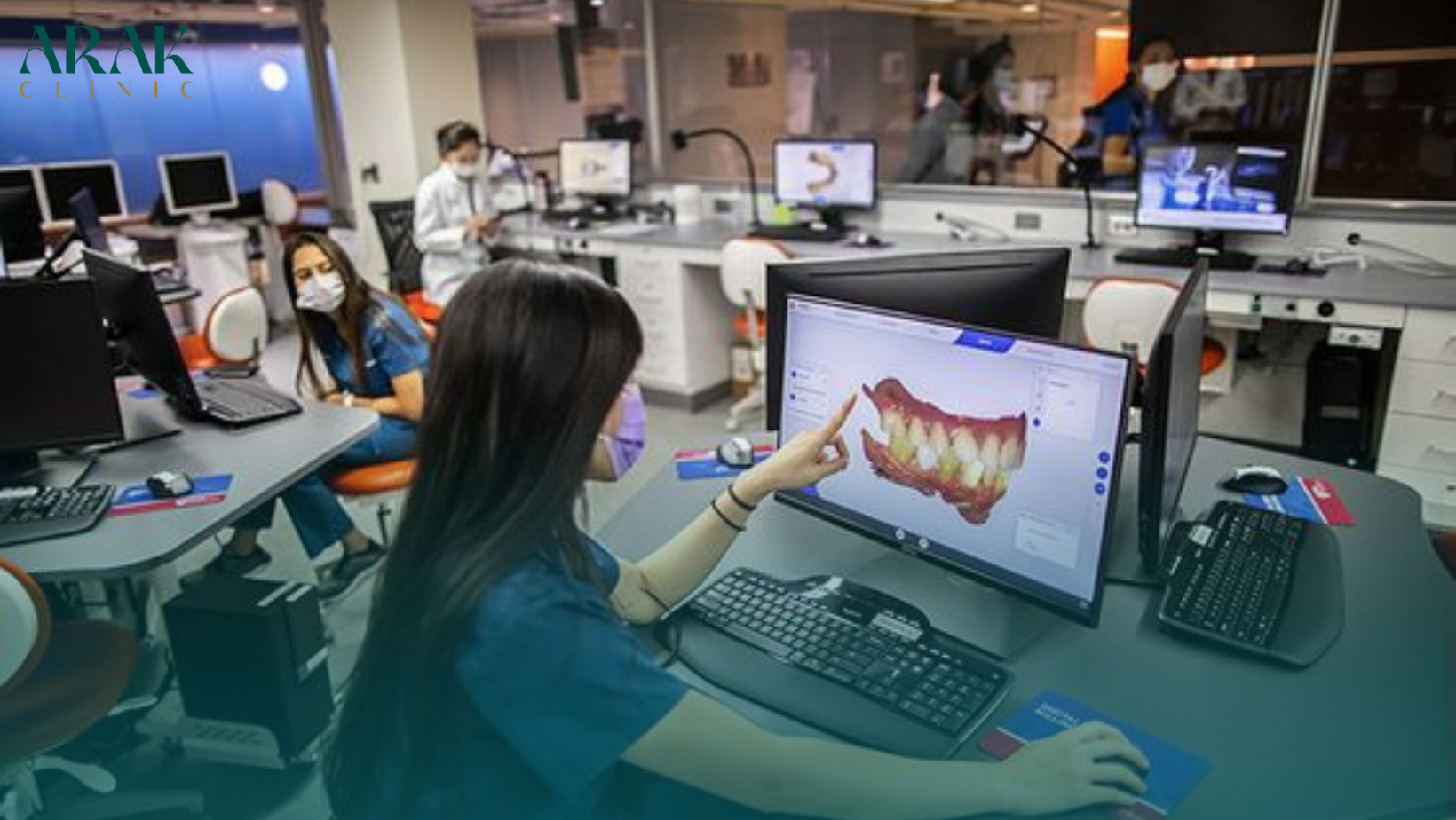Dental technology plays a crucial role in the prevention, diagnosis, and treatment of tooth decay. Here are several ways in which dental technology is important in addressing tooth decay:
Early Detection: Dental technology has advanced methods for early detection of tooth decay. One of the most significant advancements is the use of digital X-rays and intraoral cameras. These tools allow dentists to identify decay in its earliest stages, often before it’s visible to the naked eye. Early detection enables prompt treatment, preventing the decay from progressing to more advanced stages and potentially requiring more invasive procedures.
Digital Imaging: Digital imaging technologies, such as digital radiography and cone-beam computed tomography (CBCT), provide detailed 2D and 3D images of the teeth and jaws. These images help dentists visualize the extent of tooth decay, allowing for precise treatment planning.
Laser Technology: Dental lasers, such as diode lasers and erbium lasers, are used for various dental procedures, including the removal of decayed tissue. Laser technology is often less invasive, minimizes discomfort, and preserves more healthy tooth structure compared to traditional drilling methods.
Air Abrasion: Air abrasion is a technique that uses a stream of abrasive particles to remove small areas of tooth decay. It is a minimally invasive alternative to traditional drilling and can preserve more of the natural tooth structure.
Caries Detection Devices: Caries detection devices use fluorescent or laser technology to identify early signs of tooth decay by measuring changes in tooth enamel. These devices help dentists identify decay in its incipient stages, allowing for conservative treatments like fluoride therapy or dental sealants.
Digital Impressions: Digital impressions have largely replaced traditional impressions using impression materials. These digital scans provide precise images of the teeth and are used for fabricating restorations, such as dental fillings, crowns, and veneers. Accurate impressions are essential for ensuring restorations fit perfectly and seal out decay.
Innovative Restorative Materials: Advances in dental materials, such as resin composites and glass ionomer cements, have improved the durability and aesthetics of dental restorations used to treat tooth decay. These materials offer better long-term performance and natural appearance compared to older options.
Teledentistry: Teledentistry technology allows for remote consultations and follow-ups. Dentists can provide guidance to patients on oral hygiene practices, monitor the progression of tooth decay, and offer timely advice on when to seek in-person care.
Computer-Aided Design and Manufacturing (CAD/CAM): CAD/CAM technology enables the precise design and fabrication of dental restorations, such as crowns and inlays, for the treatment of tooth decay. This technology streamlines the restoration process, making it quicker and more accurate.
Patient Education: Dental technology includes digital tools and software that dentists can use to educate patients about the importance of oral hygiene, cavity prevention, and the role of diet and lifestyle in maintaining dental health.
In summary, with ARAK CLINIC a free consultation is all that you need to do, we have all the solutions to make you satisfied and reduce your fear.





